Rising Construction Activities
The Acrylic Sheets Market is experiencing a notable surge due to increasing construction activities across various sectors. As urbanization accelerates, the demand for lightweight, durable, and aesthetically pleasing materials is on the rise. Acrylic sheets are favored for their versatility and ease of installation, making them ideal for applications in residential, commercial, and industrial buildings. According to recent data, the construction sector is projected to grow at a compound annual growth rate of approximately 5.5% over the next few years. This growth is likely to drive the demand for acrylic sheets, as they are increasingly used in windows, skylights, and partitions. The Acrylic Sheets Market stands to benefit significantly from this trend, as builders and architects seek innovative materials that enhance both functionality and design.
Growing Awareness of Aesthetic Appeal
The Acrylic Sheets Market is benefiting from a growing awareness of aesthetic appeal among consumers and businesses alike. Acrylic sheets offer a wide range of colors, finishes, and textures, making them an attractive option for designers and architects. This trend is particularly evident in the retail and interior design sectors, where the visual impact of materials plays a crucial role in consumer engagement. Market analysis suggests that the demand for decorative acrylic sheets is on the rise, with an expected growth rate of around 6% over the next few years. This increasing focus on aesthetics is likely to drive innovation in product offerings within the Acrylic Sheets Market, as manufacturers strive to meet the evolving preferences of their clientele.
Sustainability and Eco-Friendly Practices
The Acrylic Sheets Market is increasingly influenced by sustainability and eco-friendly practices. As consumers and businesses become more environmentally conscious, there is a growing demand for materials that are recyclable and produced through sustainable methods. Acrylic sheets, which can be recycled and have a lower environmental impact compared to traditional glass, are gaining traction in various applications. The market is witnessing a shift towards eco-friendly acrylic products, with manufacturers investing in sustainable production processes. Data indicates that the eco-friendly materials market is projected to grow at a rate of approximately 8% annually, suggesting a favorable outlook for the Acrylic Sheets Market. This trend not only aligns with global sustainability goals but also presents opportunities for innovation and differentiation in product offerings.
Increased Demand for Lightweight Materials
The Acrylic Sheets Market is witnessing a shift towards lightweight materials, driven by the need for efficiency and sustainability in various applications. Acrylic sheets, known for their low weight compared to glass, are becoming the preferred choice in sectors such as automotive, aerospace, and signage. The automotive industry, for instance, is increasingly adopting acrylic sheets for interior components and exterior applications, as they contribute to weight reduction and improved fuel efficiency. Market data indicates that the demand for lightweight materials is expected to grow by approximately 7% annually, further propelling the acrylic sheets market. This trend reflects a broader movement towards materials that not only meet performance standards but also align with environmental considerations, positioning the Acrylic Sheets Market favorably for future growth.
Technological Innovations in Manufacturing
Technological advancements in the manufacturing processes of acrylic sheets are significantly influencing the Acrylic Sheets Market. Innovations such as improved extrusion techniques and enhanced polymer formulations are leading to higher quality products with better optical clarity and durability. These advancements allow manufacturers to produce acrylic sheets that meet stringent industry standards while also reducing production costs. Furthermore, the integration of automation and smart manufacturing technologies is streamlining operations, resulting in faster turnaround times and increased production capacity. As a result, the Acrylic Sheets Market is likely to see a rise in competitive offerings, catering to diverse customer needs across various sectors, including construction, automotive, and consumer goods.
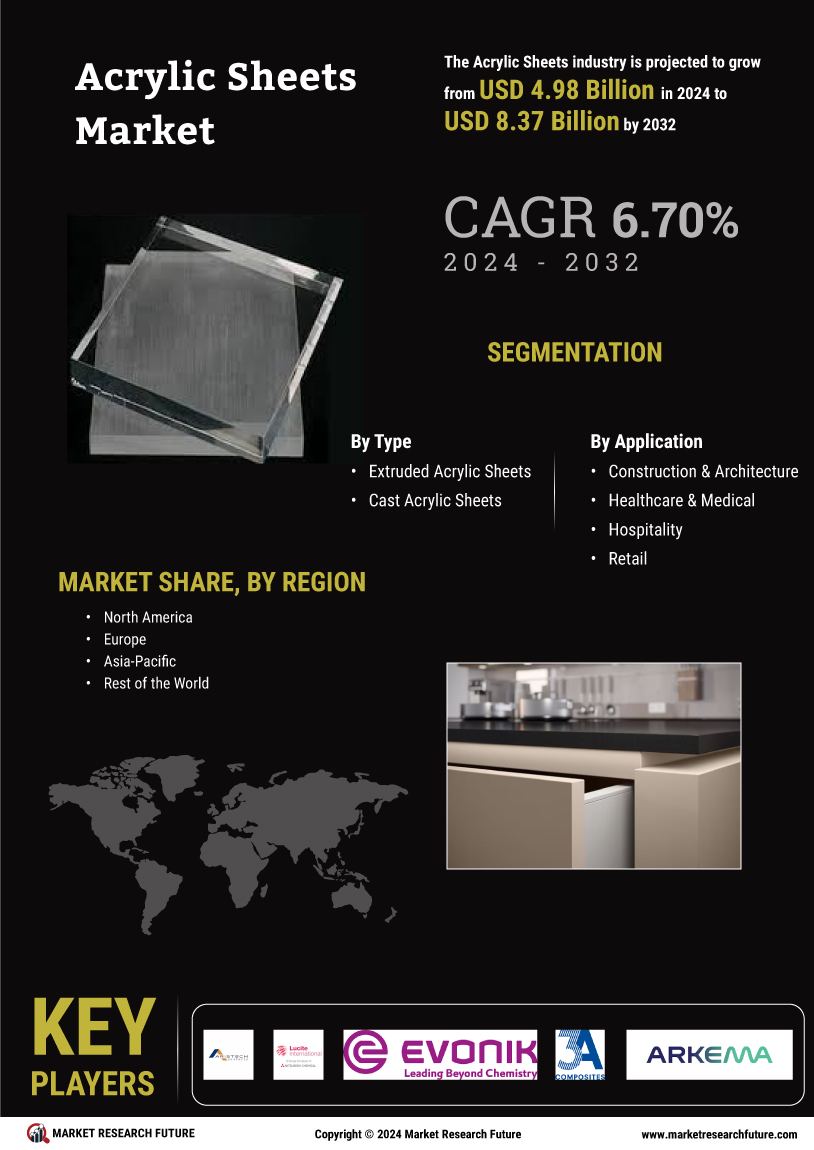

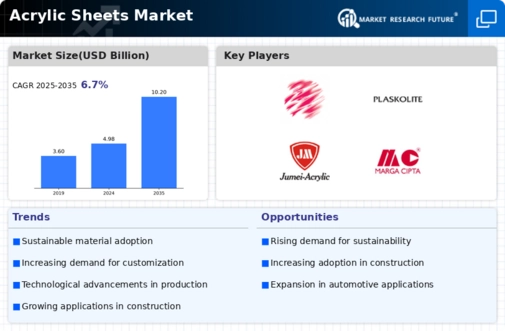
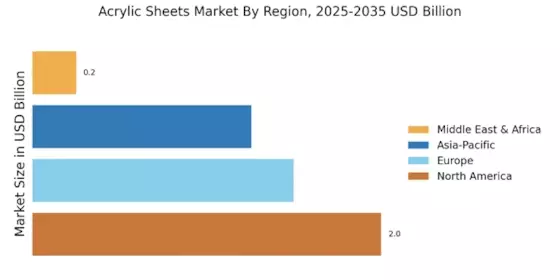
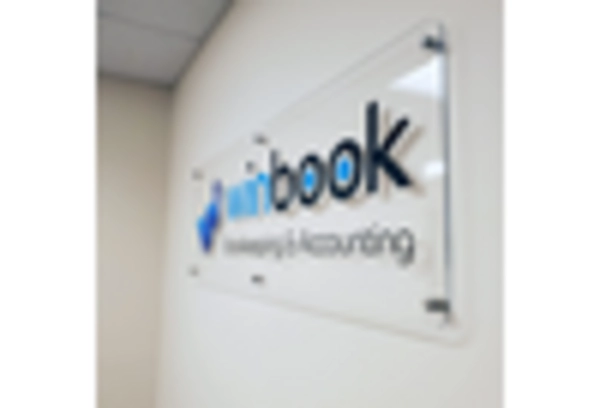
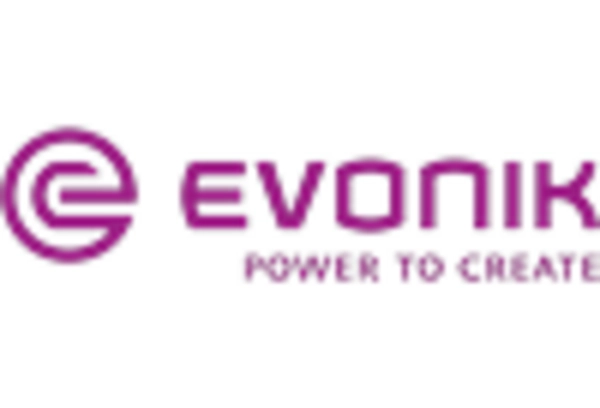

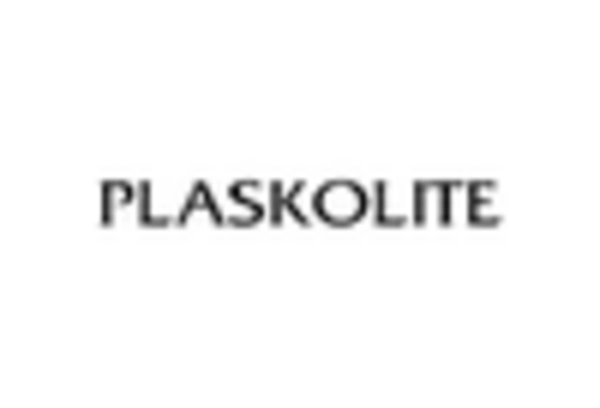
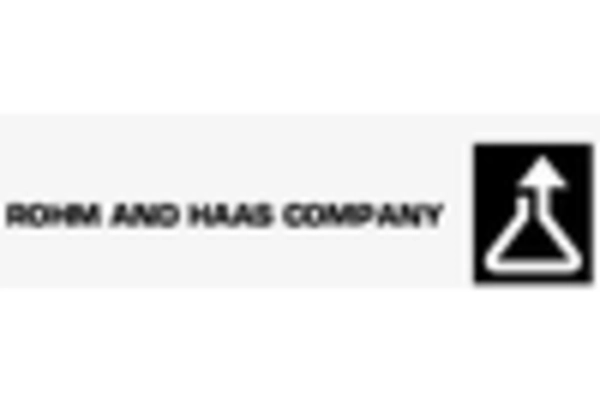









Leave a Comment